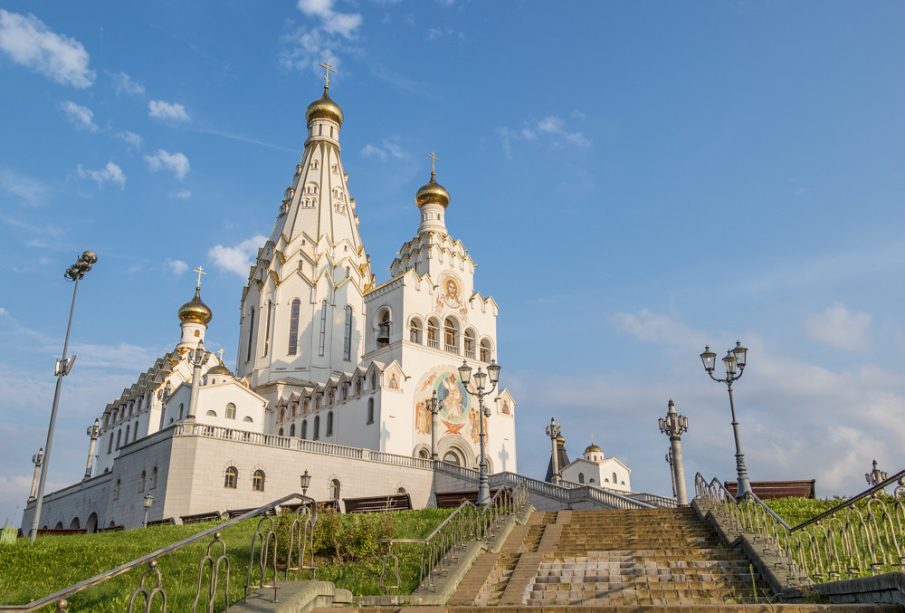Minsk: Exploring the Heart of Belarus

Introduction to Minsk
Minsk, the capital city of Belarus, holds significant importance not only as the political and economic centre of the country but also as a cultural hub in Eastern Europe. With a population of approximately two million, it represents a blend of rich history and modern development, making it an essential destination for understanding Belarusian identity and the region’s dynamics.
Current Events in Minsk
Recently, Minsk has been in the spotlight due to various political and social developments, particularly following the controversial presidential election in 2020, which led to widespread protests against authoritarian rule. The crackdown on dissent has been a focal point in international relations, attracting attention from human rights organisations and foreign governments. Furthermore, Belarus’s relationships with neighbouring countries and the European Union have been strained, highlighting Minsk’s role as a centre for unrest and evolution in governance.
Additionally, Minsk has been making strides in economic diversification, with increased investments in technology and startups. The government has launched various initiatives to boost the information technology sector, aiming to position Belarus as a tech hub in Eastern Europe. This shift brings opportunities for youth employment and innovation, although it exists against a backdrop of ongoing challenges related to freedom of expression.
Historical Context and Culture
Minsk has a rich historical backdrop that traces back to its founding in the 11th century. The city has witnessed significant events, including its near-total destruction during World War II and subsequent rebuilding efforts. Today, historical monuments like the Independence Square and the National Museum of History embody the resilience and cultural vibrancy of the city.
Culturally, Minsk is a melting pot of Belarusian traditions, arts, and modernity. The city hosts numerous festivals, galleries, and theatres, fostering a sense of community among its residents. Moreover, it is recognised for its unique architectural style, which reflects Soviet influences combined with contemporary designs.
Conclusion: The Future of Minsk
Looking ahead, Minsk will likely continue to play a pivotal role on both domestic and international fronts. The ongoing political situation may lead to further protests and discussions around democracy and governance within Belarus. Increased economic initiatives might help to reshape Minsk’s position in the global arena through technology and entrepreneurship.
As readers follow the developments in Minsk, understanding its historical context and current events will provide crucial insights into not only Belarus but also the broader Eastern European landscape. The city’s journey is intricately linked with themes of resilience, identity, and progress, resonating strongly within the contemporary discourse on governance and society.








